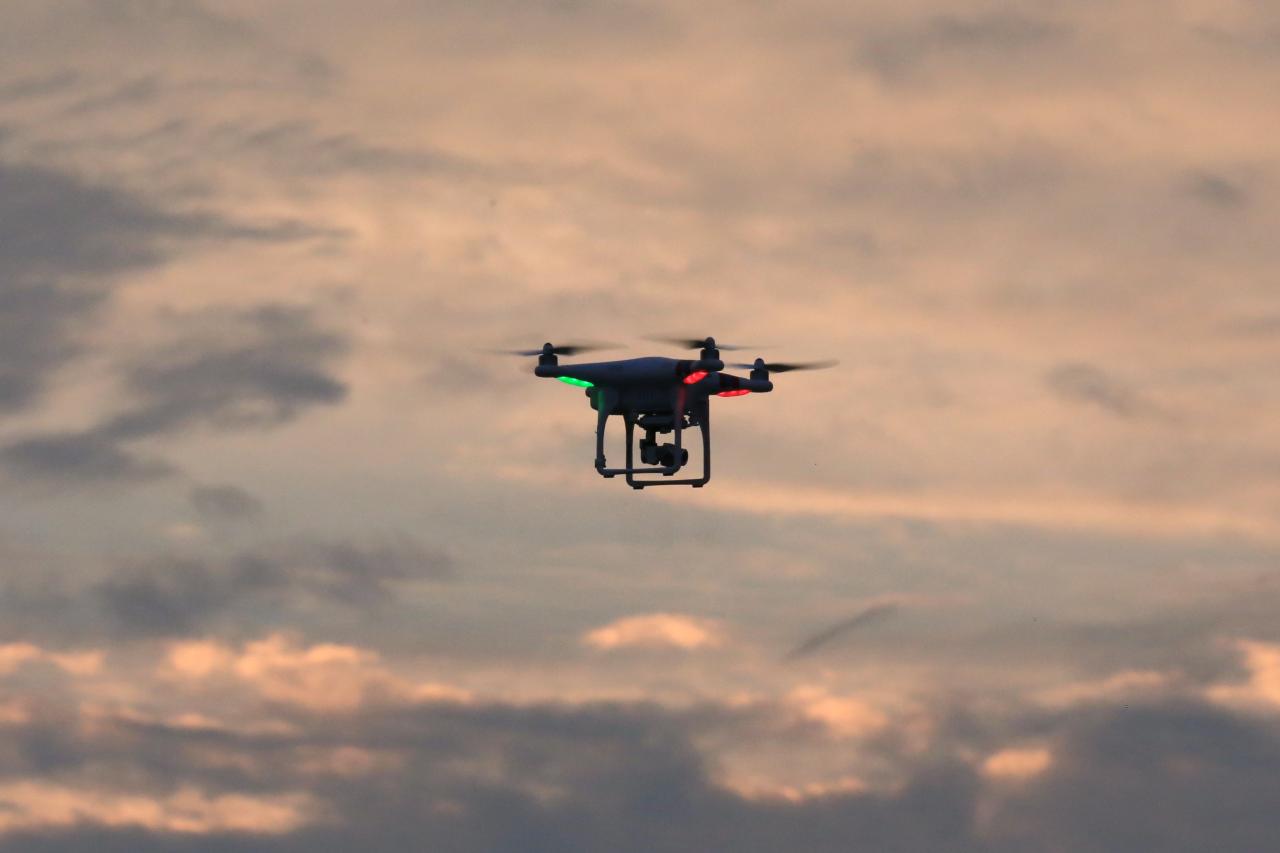Sky elements drones are revolutionizing atmospheric research. These unmanned aerial vehicles (UAVs), equipped with an array of sophisticated sensors, are providing unprecedented access to atmospheric data, offering valuable insights into weather patterns, air quality, and climate change. This allows for more accurate weather forecasting, improved environmental monitoring, and enhanced aviation safety, all while offering a cost-effective and flexible alternative to traditional methods.
From monitoring wildfires to assessing flood damage, the applications are vast and constantly expanding. This exploration delves into the technology, applications, data analysis, challenges, and future potential of this exciting field.
Sky Elements Drones: A Technological Deep Dive
The integration of drone technology with atmospheric data collection is rapidly transforming our understanding of the sky. This article explores the current state, applications, data analysis, challenges, and future directions of this exciting field.
Current Technological Capabilities of Sky Elements Drones
Drones now offer sophisticated capabilities for atmospheric research. Their maneuverability, cost-effectiveness, and ability to reach otherwise inaccessible areas make them a valuable asset. Advanced drones can carry a diverse range of sensors, allowing for comprehensive data collection across various atmospheric parameters.
Types of Sensors Used in Sky Elements Drones
A variety of sensors are employed depending on the specific research objectives. Common sensors include:
- Temperature Sensors: These measure air temperature at different altitudes, providing crucial data for weather modeling.
- Pressure Sensors: Used to determine atmospheric pressure, which is essential for understanding weather patterns and predicting changes.
- Humidity Sensors: Measure the amount of water vapor in the air, a key factor in cloud formation and precipitation.
- Wind Speed and Direction Sensors: Anemometers and wind vanes provide crucial data on wind patterns, critical for forecasting and understanding atmospheric dynamics.
- GPS Sensors: Essential for precise location tracking and data georeferencing.
- Gas Sensors: Detect various atmospheric gases, contributing to air quality monitoring and pollution studies.
Comparison of Drone Platforms for Atmospheric Research
Several drone platforms are suitable for atmospheric research, each with its own strengths and weaknesses.
| Drone Platform | Payload Capacity | Flight Time | Range |
|---|---|---|---|
| Small Quadcopter | Limited (few kg) | Short (20-30 minutes) | Short (few km) |
| Larger Hexacopter/Octocopter | Moderate (10-20 kg) | Longer (45-60 minutes) | Extended (10-20 km) |
| Fixed-Wing UAV | High (up to 50+ kg) | Very Long (hours) | Very Long (100+ km) |
Comparison of Drone vs. Traditional Methods for Atmospheric Data Acquisition
| Method | Advantages | Disadvantages |
|---|---|---|
| Drones | High spatial resolution, flexible deployment, cost-effective for localized studies | Limited flight time and range, susceptible to weather conditions, regulatory hurdles |
| Weather Balloons | Relatively inexpensive, can reach high altitudes | Limited spatial coverage, data acquisition at single point, less frequent measurements |
| Satellites | Global coverage, long-term monitoring capabilities | Lower spatial resolution, high cost, less frequent data updates |
Applications of Sky Elements Drones in Various Fields
Sky element drones find applications across numerous sectors, offering unique advantages in data collection and analysis.
Meteorology and Weather Forecasting
Drones are revolutionizing meteorology by providing high-resolution data on atmospheric conditions. They are particularly useful in tracking severe weather events like thunderstorms and hurricanes, enabling more accurate and timely forecasts. Real-time data on wind speed, temperature, and humidity profiles improve the precision of weather models.
Environmental Monitoring and Air Quality Analysis
Drones equipped with gas sensors are vital tools for monitoring air quality and pollution levels. They can map pollutant concentrations across large areas, identify pollution sources, and assess the impact of industrial activities on air quality. This real-time data supports effective environmental management and policy decisions.
Aviation Safety and Air Traffic Management
Drones are used to monitor airspace conditions, detecting turbulence, wind shear, and other hazards. This information enhances aviation safety by providing pilots with real-time data for safer flight operations. They also support air traffic management by improving situational awareness and optimizing flight paths.
Hypothetical Disaster Relief Scenario: Wildfire Monitoring, Sky elements drones
Imagine a wildfire raging through a remote mountainous region. A fleet of drones equipped with thermal cameras and infrared sensors is deployed. These drones create detailed maps of the fire’s perimeter, intensity, and spread rate, providing critical information to firefighters. Simultaneously, other drones equipped with gas sensors monitor air quality downwind, warning communities of potential health hazards.
Data Analysis and Interpretation from Sky Element Drones
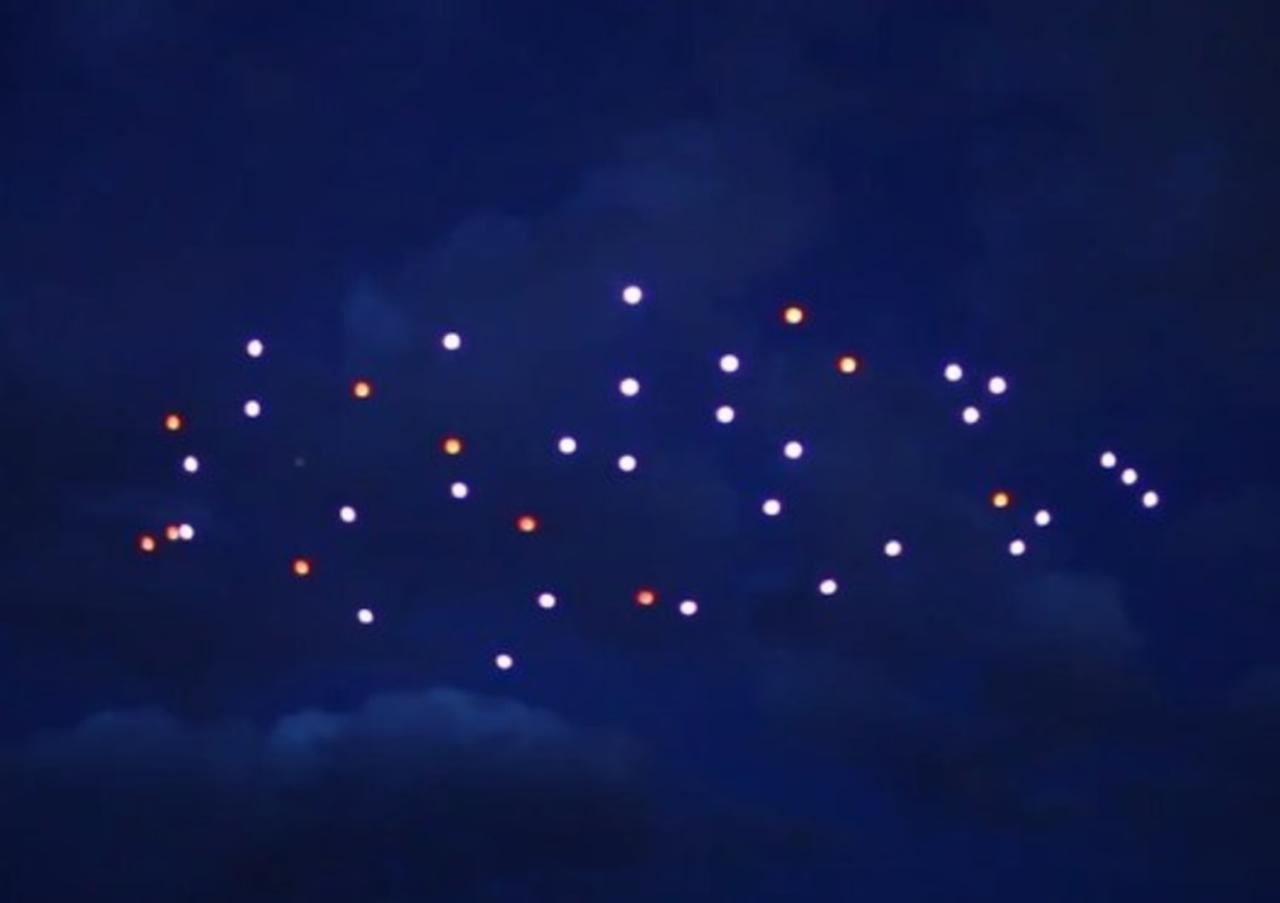
The data collected by sky element drones undergoes a rigorous process of acquisition, transmission, processing, and interpretation to yield meaningful insights.
Data Acquisition and Transmission
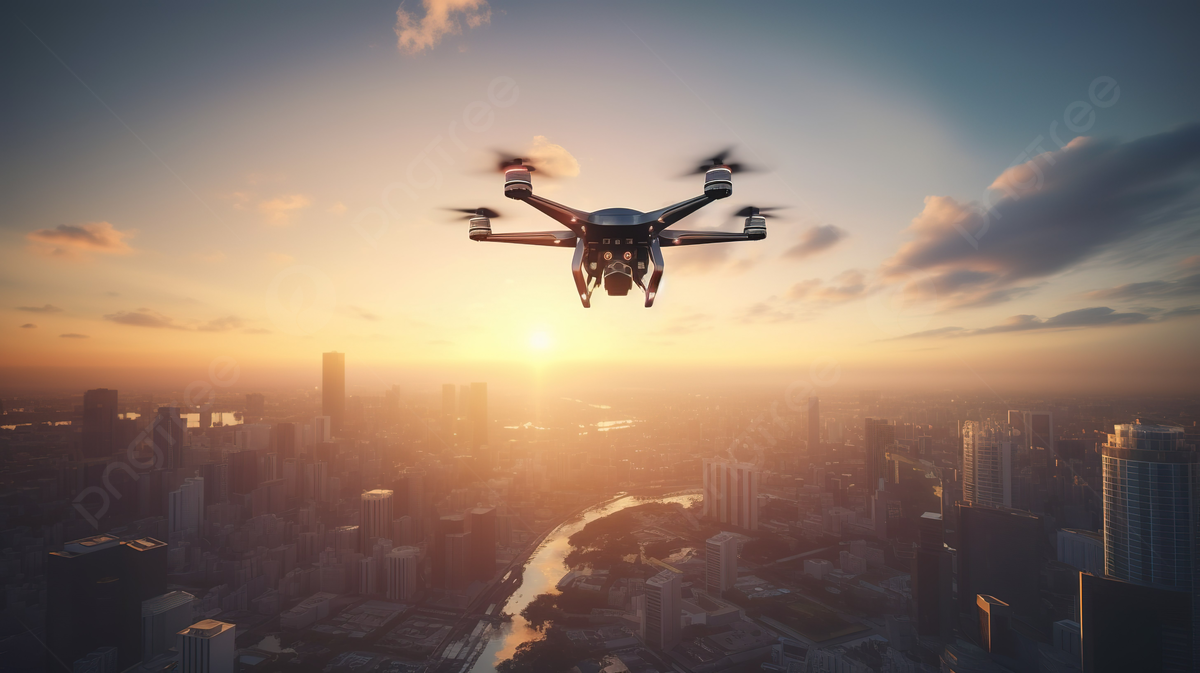
Data is acquired by the various sensors onboard the drone and transmitted wirelessly to a ground station via secure communication links. This data includes timestamped measurements of temperature, pressure, humidity, wind speed, GPS coordinates, and other relevant parameters.
Data Processing and Analysis
The received data is then processed to correct for any errors, calibrate sensor readings, and integrate it with other data sources. Statistical analysis techniques are applied to identify trends, patterns, and anomalies in atmospheric conditions. Advanced algorithms are used for data fusion and model creation.
Visualizations of Atmospheric Data
Processed data is often presented visually through various methods, enhancing understanding and communication. Examples include three-dimensional models illustrating atmospheric layers and temperature profiles, heatmaps showing pollutant concentration across a region, and animated visualizations showing the evolution of weather patterns over time.
Step-by-Step Procedure for Interpreting Atmospheric Data
- Data Quality Control: Check for inconsistencies and outliers in the collected data.
- Data Preprocessing: Correct for sensor calibration and environmental factors.
- Data Analysis: Apply statistical methods to identify trends and patterns.
- Visualization: Create graphs, charts, and maps to represent the data.
- Interpretation: Draw conclusions based on the analyzed data, considering the context and limitations.
- Decision Making: Use the insights to inform weather forecasts, environmental management strategies, or other relevant decisions.
Challenges and Future Directions for Sky Element Drones
Despite their significant potential, sky element drones face several challenges that require further research and development.
Technological Limitations
Current limitations include limited flight time and range for some drones, susceptibility to adverse weather conditions, and the need for improved sensor accuracy and reliability in challenging environments. Power management and data storage capacity are also areas for improvement.
Regulatory Hurdles and Safety Concerns
Regulations governing drone operations in airspace are still evolving, posing challenges for widespread deployment. Ensuring safe and responsible drone operation is paramount, requiring robust safety protocols and risk mitigation strategies.
Potential Advancements in Drone Technology
Future advancements could include longer flight times, increased payload capacity, improved sensor technology, and more sophisticated autonomous navigation capabilities. Integration of artificial intelligence and machine learning will enhance data processing and analysis.
Sky elements drones are changing the game, offering exciting possibilities for aerial technology. Thinking about the practical applications, it’s interesting to see where companies are already using drones for delivery; check out this list of amazon drone delivery locations to get a better idea of the scale. This helps us understand the future potential for sky elements drones and their integration into everyday logistics.
Potential Future Applications
- Precision agriculture: Monitoring crop health and optimizing irrigation.
- Volcano monitoring: Assessing volcanic activity and predicting eruptions.
- Glacier monitoring: Tracking glacier melt and assessing climate change impacts.
- Atmospheric research in extreme environments: Studying weather patterns in remote or hazardous locations.
Illustrative Examples of Sky Element Drone Deployments
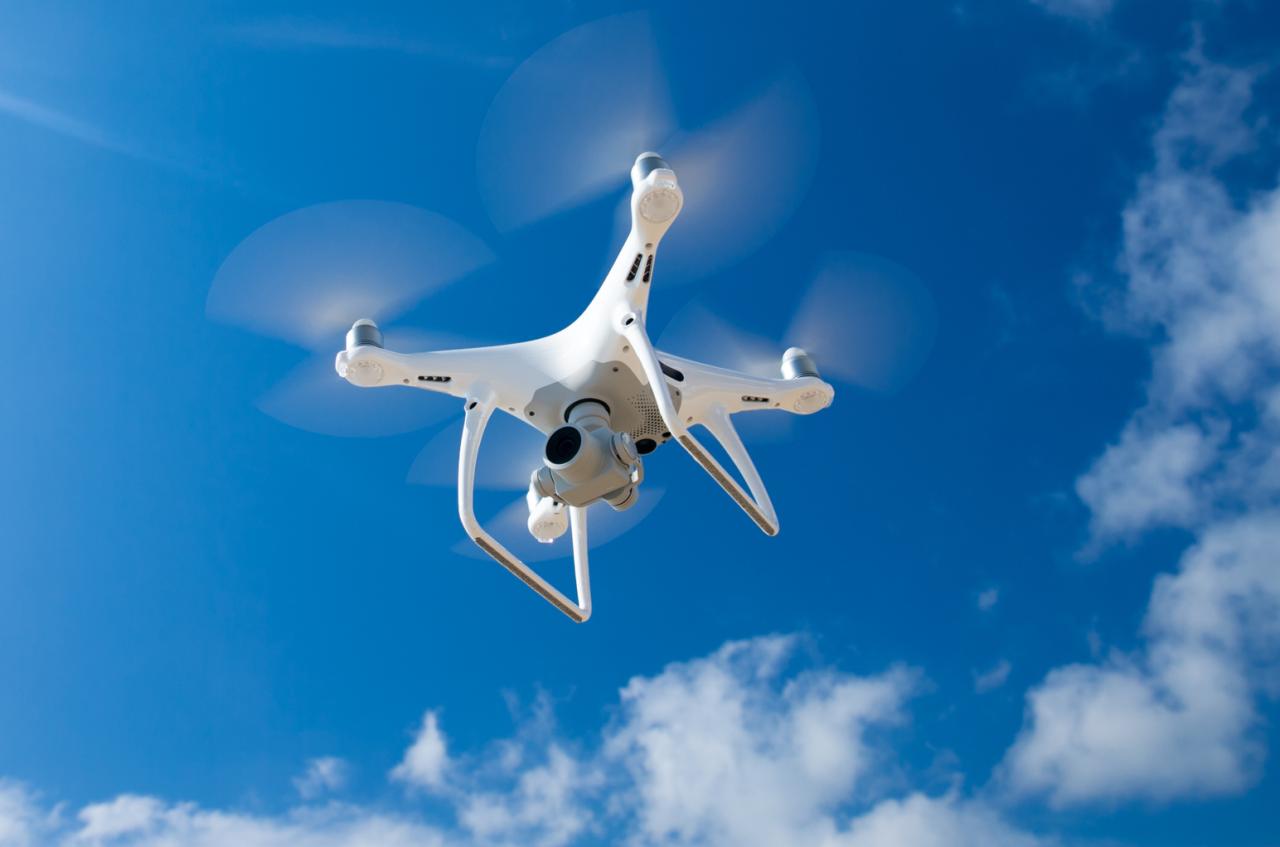
Several successful deployments of sky element drones have demonstrated their value in atmospheric research and other applications.
Successful Deployment for Atmospheric Research
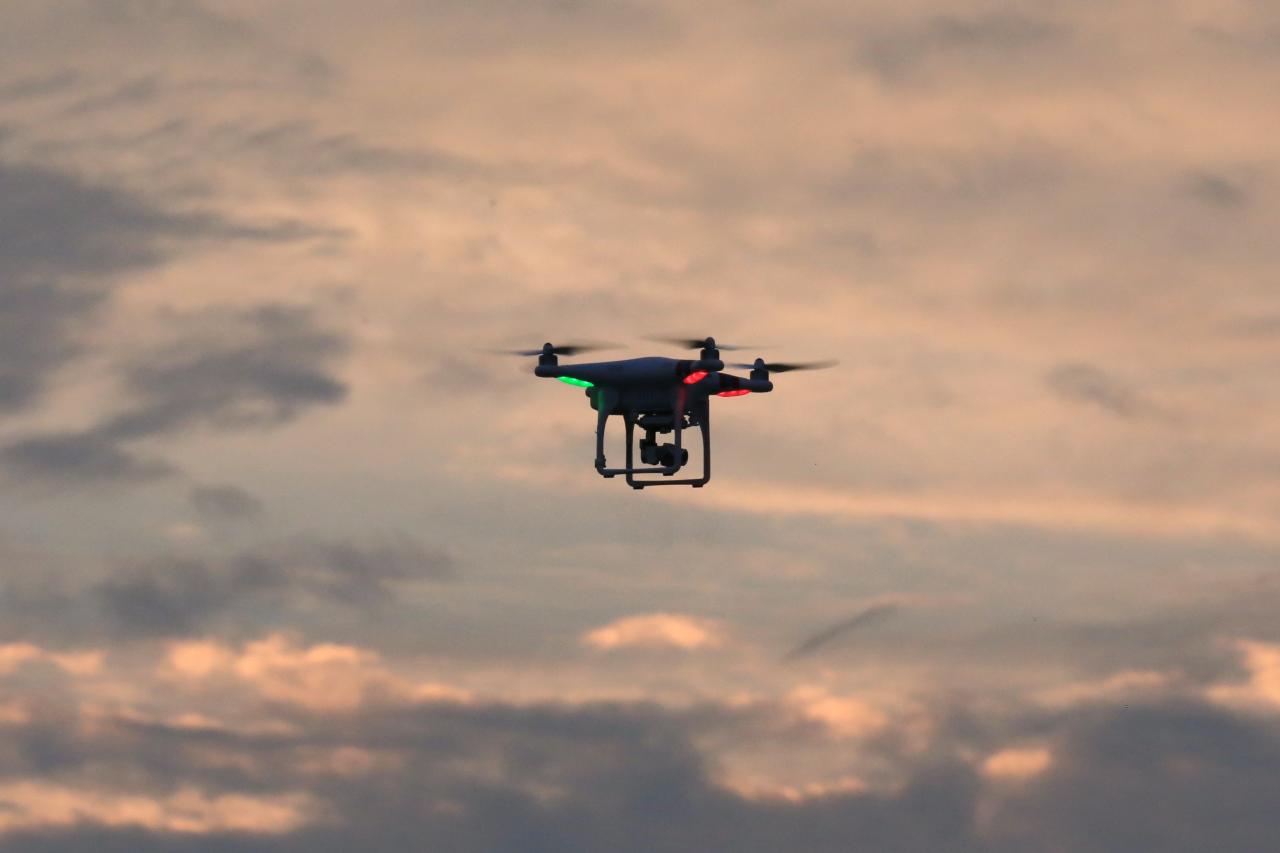
In a study conducted in the Amazon rainforest, a fleet of drones equipped with various sensors were used to map the vertical profiles of temperature, humidity, and wind speed across a large area. The data revealed complex patterns of atmospheric convection and influenced our understanding of regional climate dynamics. The study utilized small, lightweight quadcopters with extended battery life, allowing for multiple flights over several days.
Hypothetical Illustration: Severe Weather Event
Imagine a powerful hurricane making landfall. A weather-resistant octocopter drone, equipped with a high-resolution camera, anemometer, and humidity sensor, is deployed. The drone navigates the turbulent winds, braving heavy rain and strong gusts. It collects real-time data on wind speed and direction, air pressure, and humidity levels at various altitudes, providing crucial information to weather forecasters. The data is transmitted back to the ground station via a secure, high-bandwidth link, ensuring continuous monitoring of the hurricane’s intensity and trajectory.
Data Used to Inform a Critical Decision
During a major wildfire, data from drones equipped with thermal cameras revealed a previously undetected hotspot, indicating a potential shift in the fire’s direction. This information enabled emergency responders to preemptively deploy resources, protecting a nearby community from the advancing flames. The real-time data prevented a potentially devastating spread of the fire.
Ultimate Conclusion
Sky elements drones are transforming how we understand and interact with our atmosphere. Their ability to collect high-resolution data in real-time offers unparalleled opportunities for advancements in meteorology, environmental science, and aviation. While challenges remain in terms of regulation and technology, the future of atmospheric research is undeniably linked to the continued development and deployment of these versatile tools.
The potential for innovative applications and improved data analysis promises a deeper understanding of our planet’s atmospheric systems and ultimately, a safer and more sustainable future.
FAQs
How long can sky element drones typically stay aloft?
Sky elements drones are becoming increasingly popular for spectacular light shows, but things can go wrong. Check out this article about a recent drone show crash to see what can happen when things don’t go to plan. Learning from these incidents helps improve safety protocols for future sky elements drone displays and ensures more reliable, breathtaking performances.
Flight time varies greatly depending on the drone model, payload, and weather conditions. It can range from 30 minutes to several hours.
What are the typical costs associated with operating sky element drones?
Costs depend on factors like drone purchase, sensor acquisition, maintenance, operation, and data analysis. It’s a significant investment, but often less expensive than traditional methods for similar data acquisition.
What safety measures are in place for operating sky element drones?
Stringent safety protocols are crucial. These include pre-flight checks, adherence to airspace regulations, emergency procedures, and pilot training. Redundant systems are often implemented to ensure safe operation.
What types of data can sky element drones NOT collect effectively?
Sky elements drones are becoming increasingly popular for spectacular light shows, but safety is paramount. A recent incident highlighted the importance of rigorous safety protocols; check out this report on the orlando drone show accident to see what can go wrong. Understanding these risks helps us improve sky elements drone operations and ensure future shows are both breathtaking and safe.
Data collection is limited by sensor capabilities and altitude. For example, collecting data from the upper stratosphere or extremely precise measurements at vast distances remains challenging.
